Soroki – day of the spring equinox
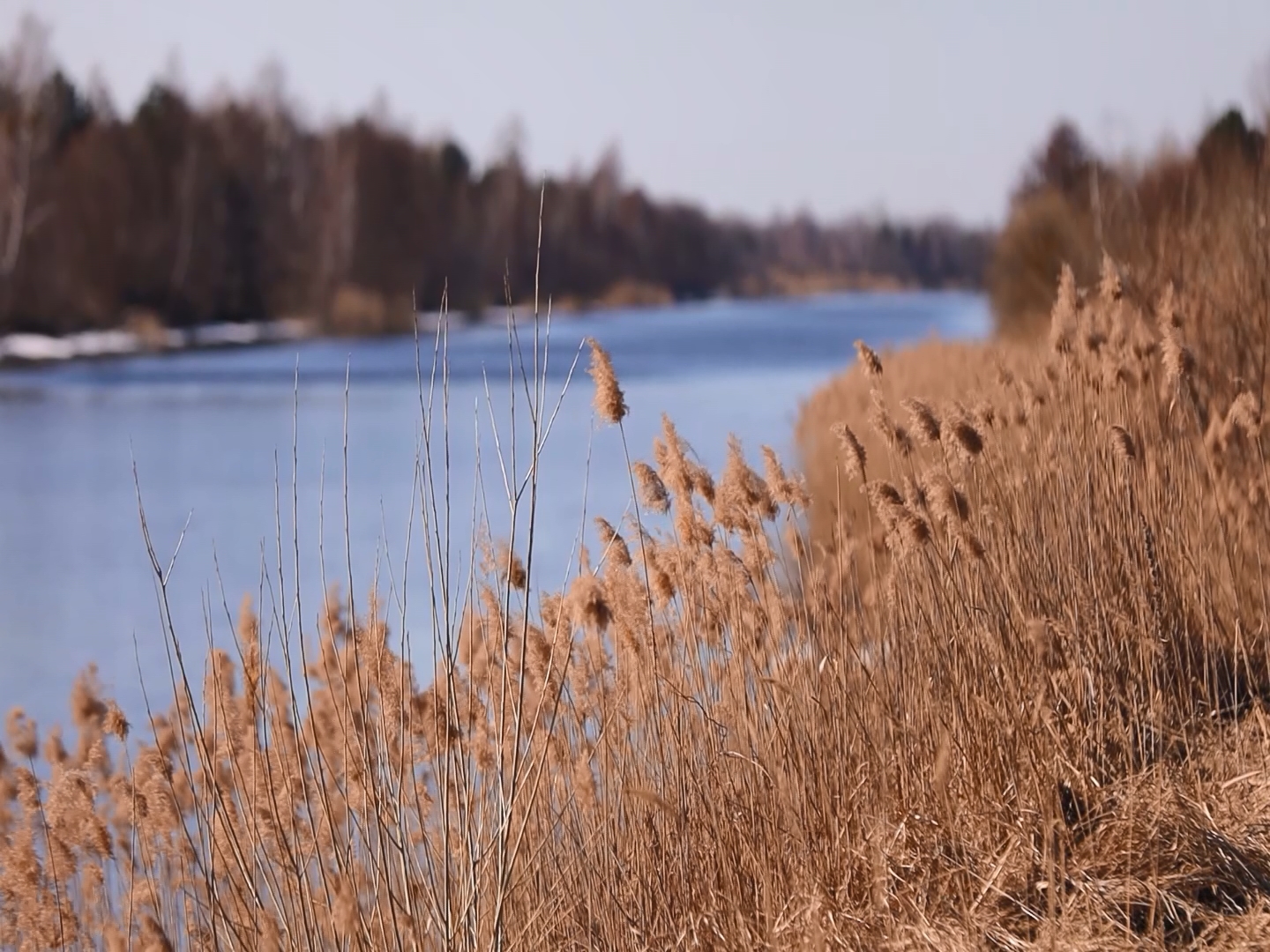
Winter, its frosts, snowstorms and blizzards exhausted the Slavs so much that they waited for the beautiful spring and, to hasten its arrival, held as many as three calls – “gukannya of spring”! (It is one of the most cheerful and optimistic rites we have inherited from our ancient ancestors, in which people call for spring).
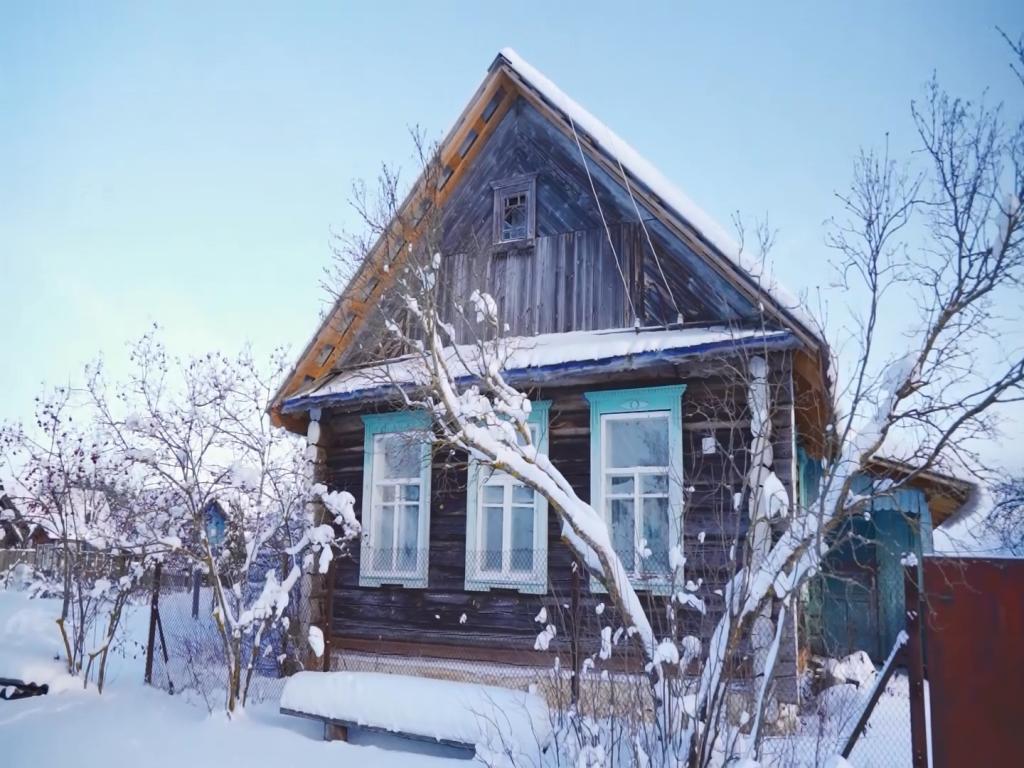
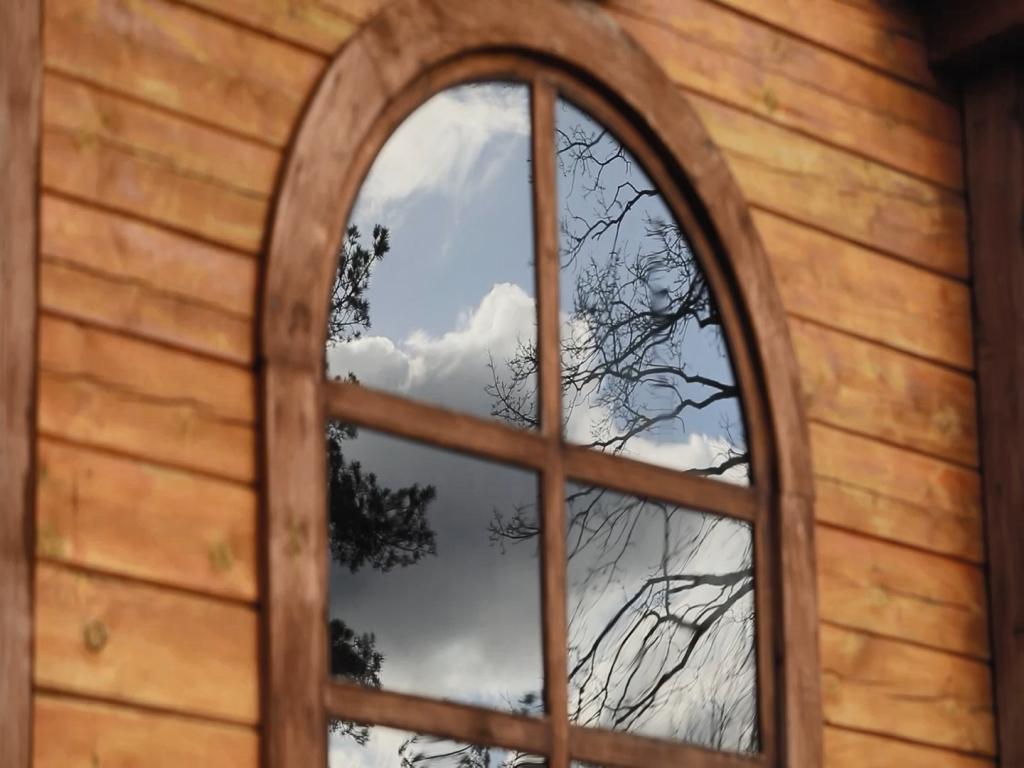
The first was on the Candlemass Day, the third on the Annunciation. The Soroki, on the other hand, were considered the second, intermediate meeting of spring, and were celebrated at the vernal equinox. From then on, daylight hours were equal to night and gradually became longer.
Our ancestors believed that birds returning from warmer lands carried true spring and warmth on their wings. It was believed that there were about forty species of them. This belief probably explains the name of the holiday (“sorok” means “forty” in Russian), as well as the many rituals and ceremonies in which the magic number “40” – was played out.
In the morning, the housewives began baking forty larks of lean dough. These biscuits or scones were served to friends, relatives and neighbours. The children hung them on trees so that the poultry in the household would be healthy. With the help of sweet larks people even managed to read fortune-telling about their soulmates!
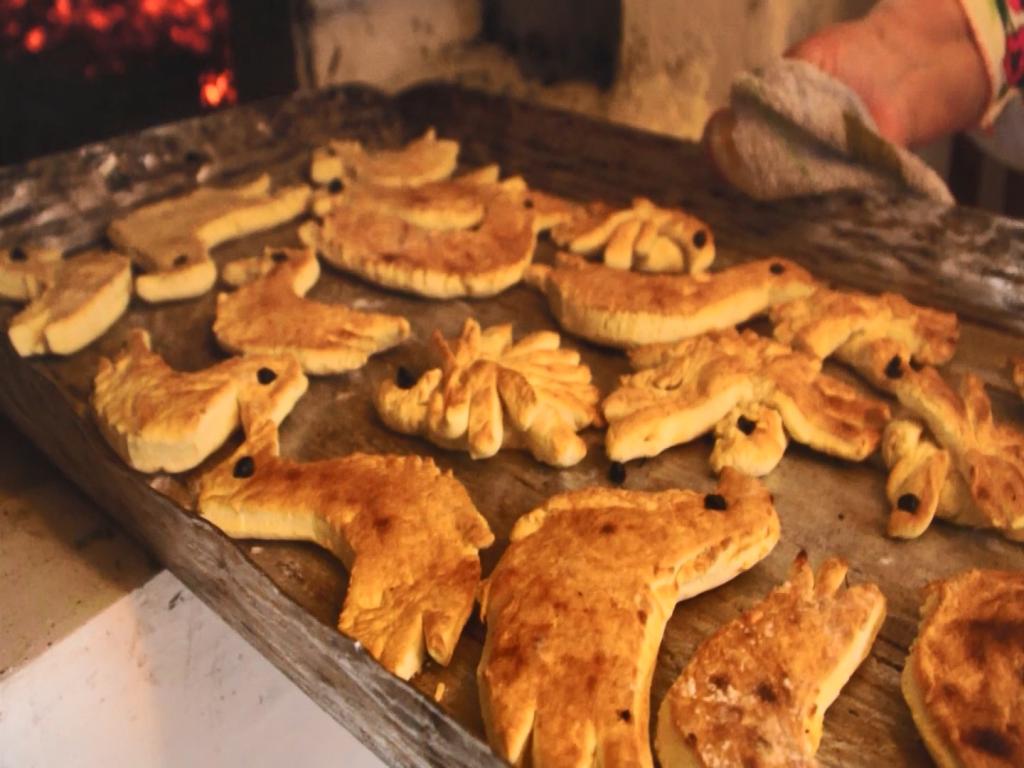
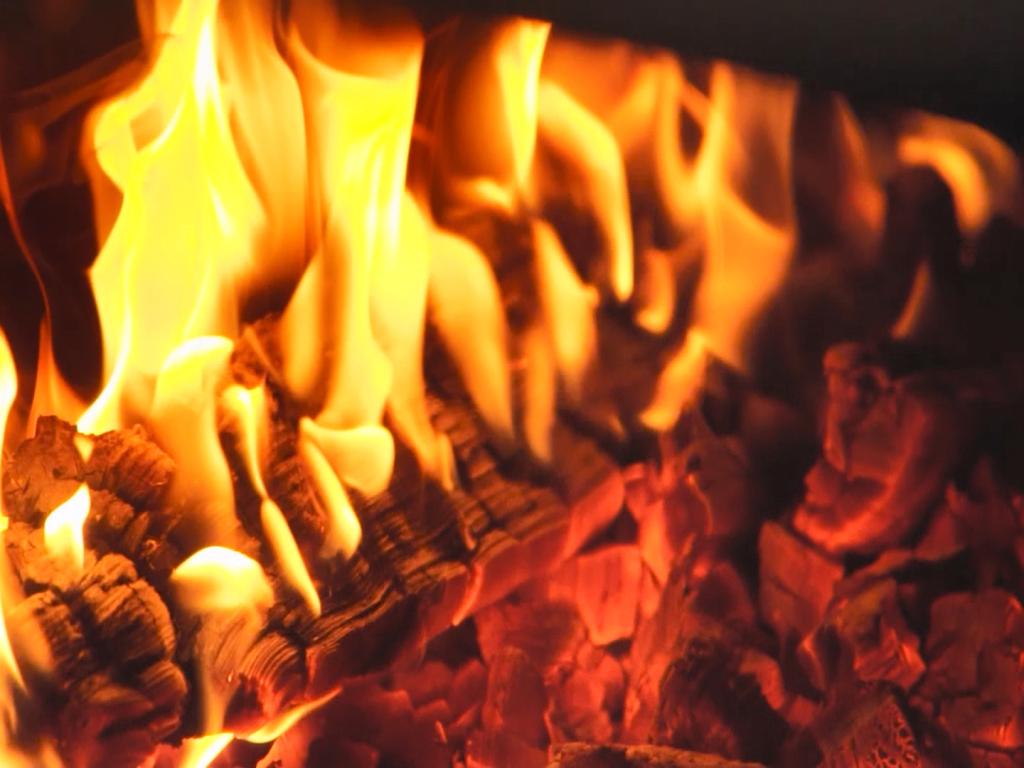
The young men also threw 40 pieces of wood over the roof, the girls broke 40 boards and ripped 40 ropes, the whole cheerful group took turns riding 40 swings and loudly calling out for spring – all to make sure that it would come as soon as possible!
In the midst of the festivities, there was a game of spring gate. Women made an improvised passageway out of shawls, and children ran through it with songs and round dances. The festival ended with a game of the “Brook” (It is a traditional folk game), which was also accompanied by spring songs and all sorts of chants.
The authentic ritual festival “Soroka” is more than a hundred years old. Belarusian museums, centres of folk traditions and folklore groups are the ones who carefully preserve and pass on the rich cultural heritage to new generations of Belarusians!






